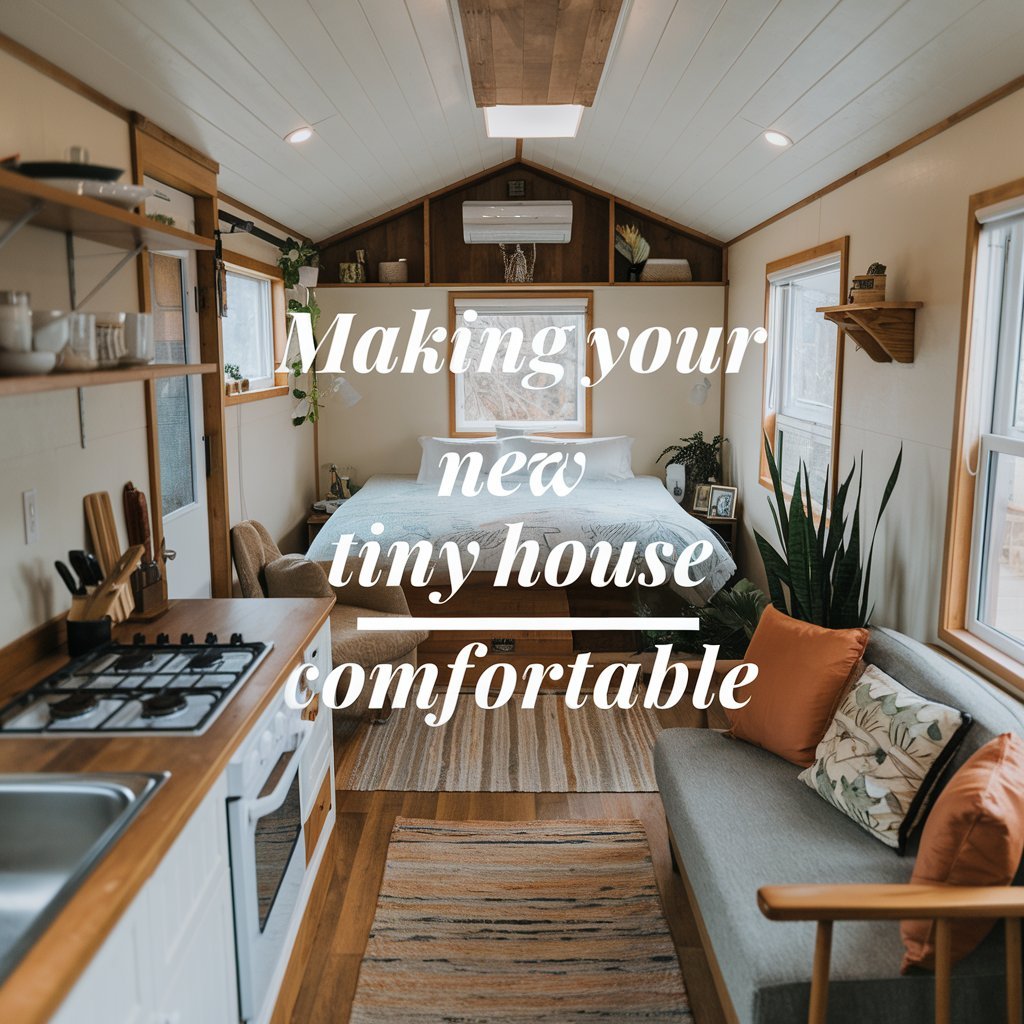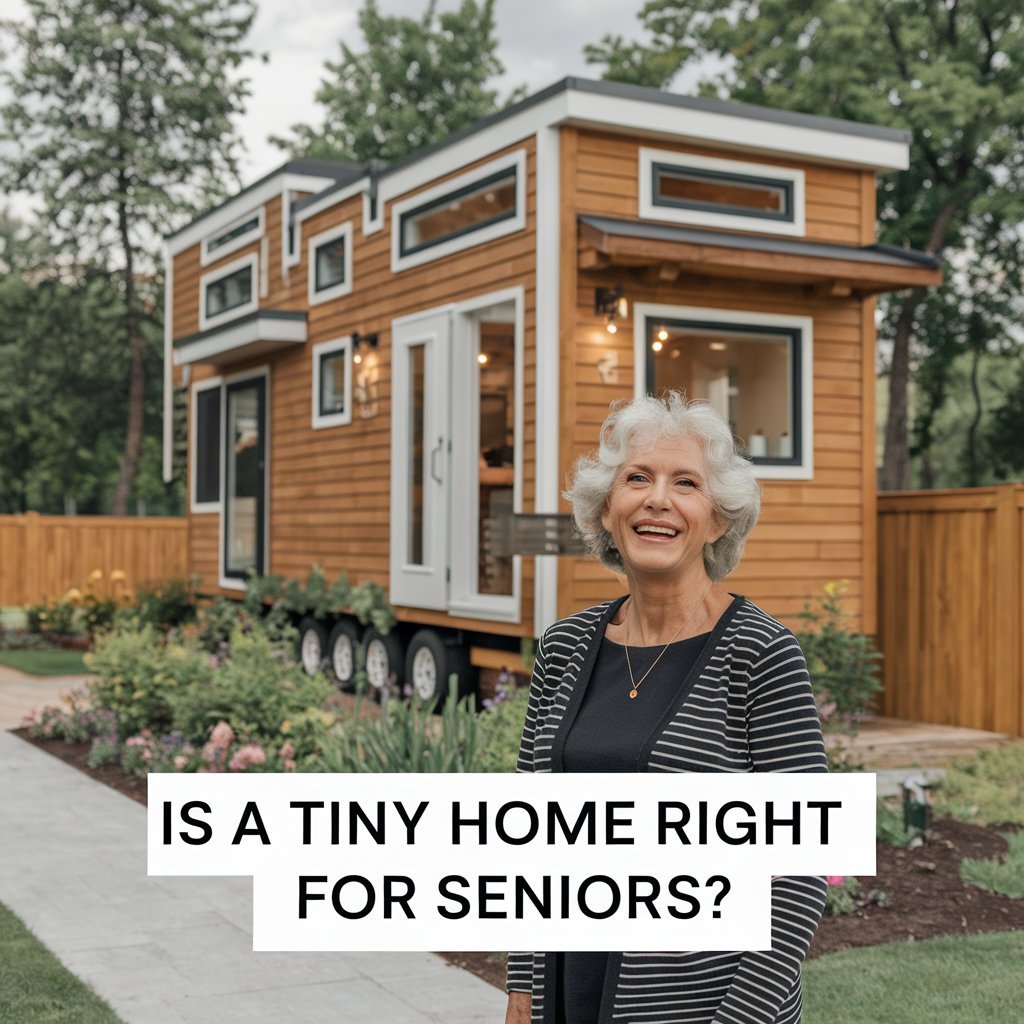The tiny house movement continues reshaping American housing norms. While often associated with solo minimalists, families across the country prove compact living works for multiple generations. Meet three households breaking spatial conventions while maintaining comfort.
In Oregon, the Morrisons thrive in 207 sq ft with a sleeping loft. Minnesota’s Kasl family traded 1,900 sq ft for a similarly sized micro home. Most remarkably, the Flakes navigate 415 sq ft with three kids and pets. These examples demonstrate creative spatial solutions overcoming square footage limitations.
Successful transitions require reimagining household organization. Clever storage, multifunctional furniture, and outdoor extensions become essential. Families emphasize shared experiences over personal space, though private zones remain achievable through vertical designs.
Key Takeaways
- Multiple US families successfully maintain relationships in homes under 500 sq ft
- Loft designs and outdoor areas effectively expand usable space
- Financial freedom and eco-consciousness drive downsizing decisions
- Children adapt well when involved in spatial organization
- Zoning laws remain the biggest hurdle for mobile tiny homes
This exploration reveals how intentional design transforms compact dwellings into functional family environments. Through strategic planning, households achieve both practicality and emotional fulfillment in reduced footprints.
Introduction to Tiny House Living for Couples
Compact dwellings now capture imaginations far beyond their original minimalist roots. What began as experimental housing now offers couples financial flexibility and environmental alignment. Media coverage and streaming documentaries reveal how living tiny reshapes relationships with money, possessions, and shared goals.

Why Downsizing Resonates Today
Rising mortgage rates and climate concerns drive interest in alternative housing. Tiny homes cost 87% less than average US houses, freeing budgets for travel or early retirement. Partners report strengthened communication through collaborative spatial planning and intentional consumption habits.
The New American Compact
Over 10,000 tiny homes were built last year, reflecting shifting priorities. Couples prioritize multifunctional layouts over square footage, using fold-down desks and convertible seating. Outdoor living spaces extend usable areas while maintaining eco-friendly footprints.
Social media showcases creative storage solutions and relationship dynamics in compact settings. This visibility helps demystify the lifestyle, proving that less space can mean more shared experiences. For many, the journey begins with redefining what “enough” truly means.
Can a family of two really live in a tiny house?
Strategic layouts prove that reduced footprints can foster connection without clutter. Couples achieve harmony through customized designs addressing privacy needs and shared activities. The Morrison residence demonstrates this balance, transforming 317 square feet into distinct zones through vertical planning.

Design Adaptations for Couples
Loft sleeping areas solve spatial challenges, separating rest spaces from daytime functions. Built-in storage under stairs and foldable tables maximize every inch. One Minnesota pair converted their 207-square-foot dwelling using retractable countertops and ceiling-mounted bike racks.
Creative Use of Compact Spaces
Dual-purpose furniture forms the backbone of efficient layouts. Dining benches hide laundry compartments, while ottomans store seasonal clothing. Large windows create airy atmospheres, counteracting confined square footage.
Outdoor patios extend living areas naturally. Partners report using decks for 43% of meals during warmer months. This approach maintains eco-conscious principles while adding functional space.
Successful designs prioritize flexibility. Wall-mounted desks fold away post-work hours, converting offices into entertainment zones. Such adaptations prove that intentional planning outweighs physical limitations.
Financial and Environmental Benefits of Downsizing
The shift toward compact living brings tangible rewards beyond spatial efficiency. Couples discover dual advantages through reduced spending and eco-conscious choices, creating lasting impacts on budgets and ecosystems.

Saving Money and Reducing Bills
Monthly expenses plummet in smaller dwellings. One Colorado couple slashed utility costs to $40 – 80% below their previous apartment bills. Many avoid mortgages by using savings to build tiny homes, bypassing 30-year debt cycles.
Construction costs average $45,000 versus $348,000 for standard houses. DIY projects using reclaimed wood or recycled windows cut prices further. This path makes ownership achievable for those priced out of traditional markets.
Eco-Friendly Advantages
Compact living directly benefits the planet. The EPA confirms tiny homes use 2-5 times less energy than conventional houses. Smaller HVAC systems and LED lighting reduce power demands year-round.
Builders require 75% fewer materials, minimizing deforestation and landfill waste. Solar panels on micro roofs often cover 100% of energy needs. Water consumption drops through low-flow fixtures and conscious usage habits.
These homes prove sustainability works without sacrifice. Couples enjoy modern comforts while leaving lighter footprints – a win for wallets and ecosystems alike.
Overcoming Space and Lifestyle Challenges in a Tiny Home
Transitioning to compact living demands rethinking daily habits and seasonal strategies. The Kasl family’s experience highlights how proactive planning turns potential obstacles into manageable routines. Their Minnesota winters required wrapping pipes and installing insulation skirting – solutions now adopted by many tiny homeowners.
Adapting to Limited Space
Every inch counts when square footage disappears. Couples establish “home rules” like one-in-one-out policies for belongings. Under-stair drawers hold kitchenware while ceiling hooks store bicycles. Some keep backup bins at relatives’ homes for seasonal stuff like holiday decorations or winter gear.

Seasonal Considerations and Home Efficiency
Freezing temperatures test compact dwellings. Many install heated floors or mini-split systems for consistent warmth. The Kasls use electric heat tape to prevent pipe bursts during -20°F nights. Summer brings different challenges – foldable patio furniture extends living areas outdoors.
Gradual downsizing helps families adjust. Living temporarily in one room reveals which things earn their keep. This “practice phase” prevents overwhelm during the final move. Through trial and error, households discover what truly matters in their daily lives.
Design and Build Considerations for a Customized Tiny Home
Personalized craftsmanship transforms compact spaces into tailored living solutions. Thoughtful design choices address unique needs while maximizing functionality, turning constraints into creative opportunities.

Utilizing Multi-Functional Furniture
Space-saving designs redefine furniture roles in micro dwellings. The Morrisons installed a dining table that converts into a workstation using hidden hinges. Wall-mounted desks and foldable countertops disappear when not needed, freeing precious square footage.
Built-in storage solutions prove essential. Ottomans double as clothing trunks, while staircases conceal pull-out pantries. Vertical space becomes critical – beds lift to ceiling mounts, creating daytime play or exercise areas.
Incorporating Reclaimed and Sustainable Materials
Eco-conscious builders source 63% of materials from salvage yards and online marketplaces. Barn wood becomes accent walls, while discarded windows form sunlit reading nooks. This approach cuts construction costs by 40% on average.
The Kasl family’s rotating book collection demonstrates clever storage strategies. By keeping shelves at relatives’ homes, they preserve literary passions without clutter. Weight distribution remains crucial – steel framing supports heavy appliances, while lightweight cedar siding maintains mobility.
Future-proofing designs ensures lasting functionality. Many couples learn carpentry skills during construction, adapting layouts as needs evolve. Proper planning turns 200-square-foot spaces into lifelong homes that grow with their occupants.
Tailoring Tiny Homes to Fit Family Dynamics
Modern households prove spatial limitations can strengthen relationships through intentional layouts. Clever configurations maintain harmony by blending shared areas with personal retreats, transforming compact dwellings into nurturing environments.

Balancing Privacy and Togetherness
Lofted bedroom areas create separation in multi-child households. The Flakes use elevated sleeping zones with curtains for visual privacy, while soundproofing materials reduce noise transfer. Reading nooks under stairs offer quiet escapes during busy days.
Many people incorporate sliding partitions or foldable walls to temporarily divide common spaces. The Morrisons built detached guest cabins that double as personal studios. This approach lets family members get away without leaving the property.
Expanding Outdoor and Social Spaces
Decks and gardens become natural extensions of tiny houses. Fire pits and outdoor kitchens encourage social gatherings, while vegetable patches teach children sustainable living. The Morrisons’ wood-fired hot tub serves as both relaxation spot and social hub.
Communal rules prevent conflicts in close quarters. Families establish “quiet hours” and rotating chore charts. Shared responsibilities foster teamwork, while designated toy storage zones keep clutter contained. Outdoor play areas offset indoor limitations, letting kids burn energy freely.
Through creative adaptations, households demonstrate that life in reduced spaces can deepen connections. Strategic designs honor individual needs while nurturing collective experiences – the ultimate family dynamic achievement.
Conclusion
Across America, families like the Morrisons and Kasls prove tiny house living works beyond theory. Their journeys show reduced square footage fosters financial freedom while strengthening bonds. Compact dwellings eliminate mortgage stress, letting households invest in experiences over excess possessions.
Environmental sustainability shines through smart designs. Micro homes use 75% fewer materials than traditional houses, with solar panels often covering energy needs. Families report cleaner consciences alongside cleaner air – a dual win for budgets and ecosystems.
Success demands creative problem-solving. Winterized plumbing solutions and multi-level storage systems turn challenges into triumphs. Families thrive by prioritizing adaptable layouts over rigid floorplans, proving 300 square feet can hold entire lifetimes of memories.
Those considering this path should assess their readiness for intentional living. Shared commitment to decluttering and spatial innovation proves essential. While not effortless, the rewards – from debt-free living to strengthened relationships – make building tiny a compelling modern lifestyle choice.



